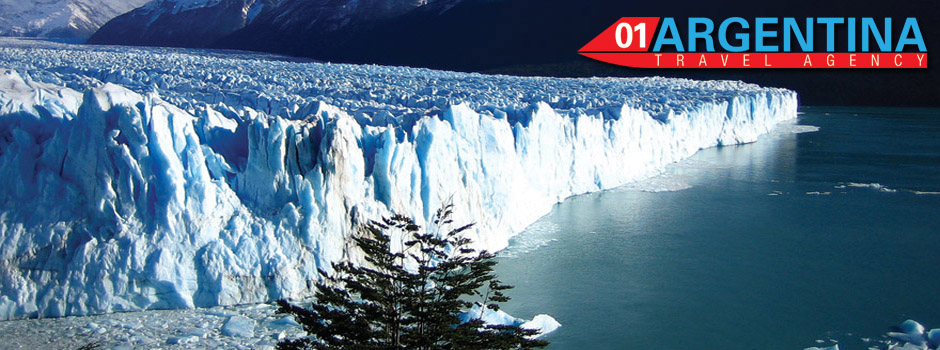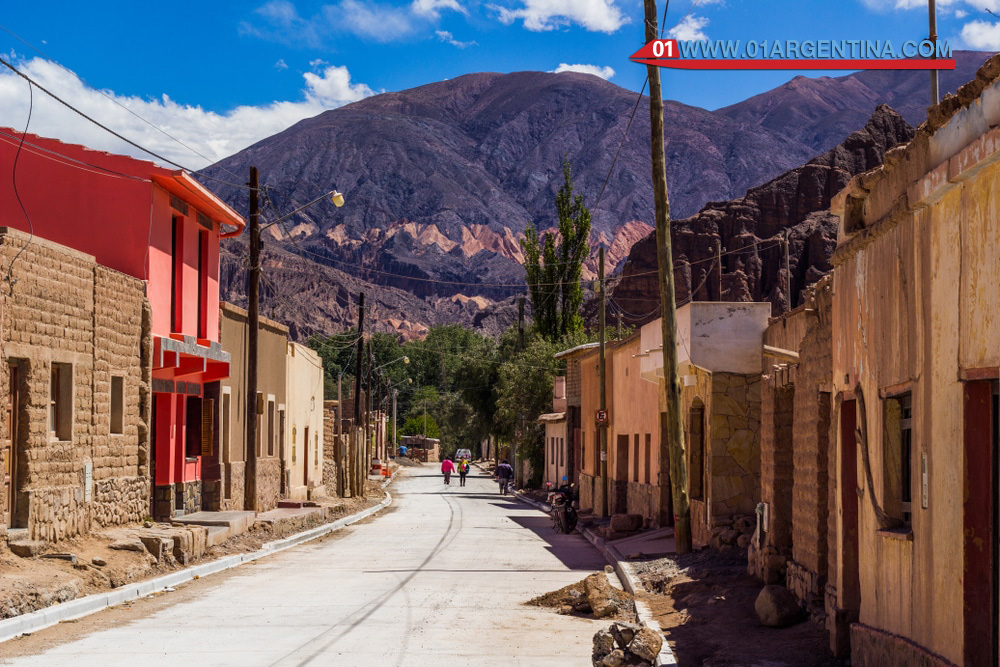
The portion it occupies in the Northwest Region presents its outstanding aridity as characteristics and stands out for its humidity given the amount of rainfall it receives. This region is made up of two parallel cords, the western and the eastern, behind promoted by the Andean folding, separated by streams and valleys.
The ravines are the communication routes of the Argentine northwest, of usually rainy origin, they are long and narrow valleys. The most attractive ravines are the Quebrada de Humahuaca, that of the Toro, which ascends from southeast to northwest, placing the Calchaquí Valleys in communication with the Puna de Atacama, Las Flechas and Santa María Guachipas.
Extensive valleys are also found in flattened areas and with abundant rainfall, in which intensive crops are carried out and important cities are settled, such as Salta and San Salvador de Jujuy. The best known are the Lerma Valley in Salta, the Jujuy Valley, the Calchaquí Valleys and Campo Santo.
Humahuaca
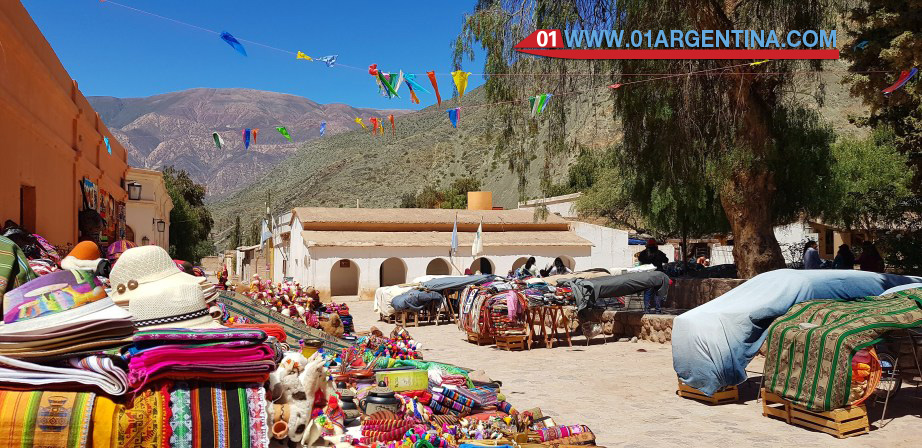
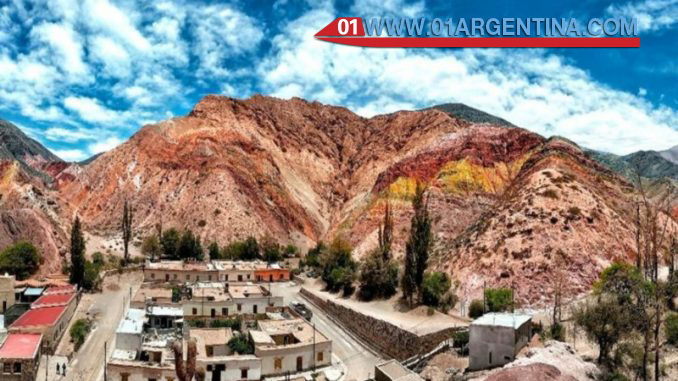
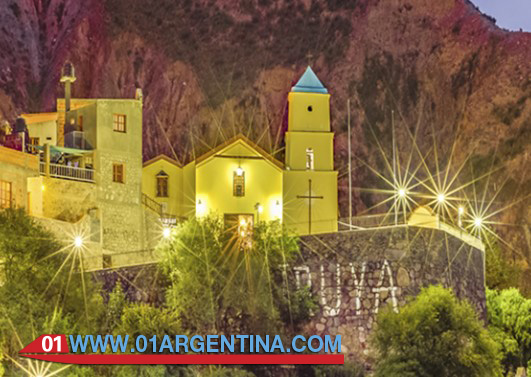
Humahuaca is located at 3000 meters high and with a population close to 18,000 inhabitants and is the largest settlement between Jujuy and the border with Bolivia.
Humahuaca is a traditional population, whose origin dates back to the end of the 16th century when it was one of the most important commercial centers of Upper Peru.
Its name derives from the name of a nation of native settlers who inhabited the region (the omaguacas), although there is also a legend that refers to the Head that cries Humahuacac! Humahuacac!
Dr. Horacio Carrillo states that the name refers to the place of head burials, or sepulcher of main prominent heads.
Humahuaca is bathed by the Rio Grande, surrounded by high mountains, with a town of narrow cobbled streets and adobe houses where a large population of Omaguacas inhabits.
The aspect of the town of Humahuaca which is accessed through one of its typical cobbled streets, evokes the times of the colony and is the last of the villages that precede the entrance to the Puna.
It is the largest and at the same time the most native, but above all things, it is the one that concentrates the greatest cultural density of the entire Quebrada.
At the exit of Humahuaca towards the North, it is possible to gradually penetrate the Puna and 9 km away, is the archaeological site of Coctaca that covers about 40 hectares and although not so popular, it contains the most extensive pre-Columbian ruins of the Northwest.
At 25 km, the detour to Iruya appears, a must-see little town in the province of Salta which is accessed from Jujuy.
Perhaps another mandatory stop is the archaeological sites.
During the summer, one of the most renowned carnivals in the country with a color and a joy of the place, where myths with masks and costumes are revived for eight magical days.
Other tourist sites of the Argentine Northwest
Iruya
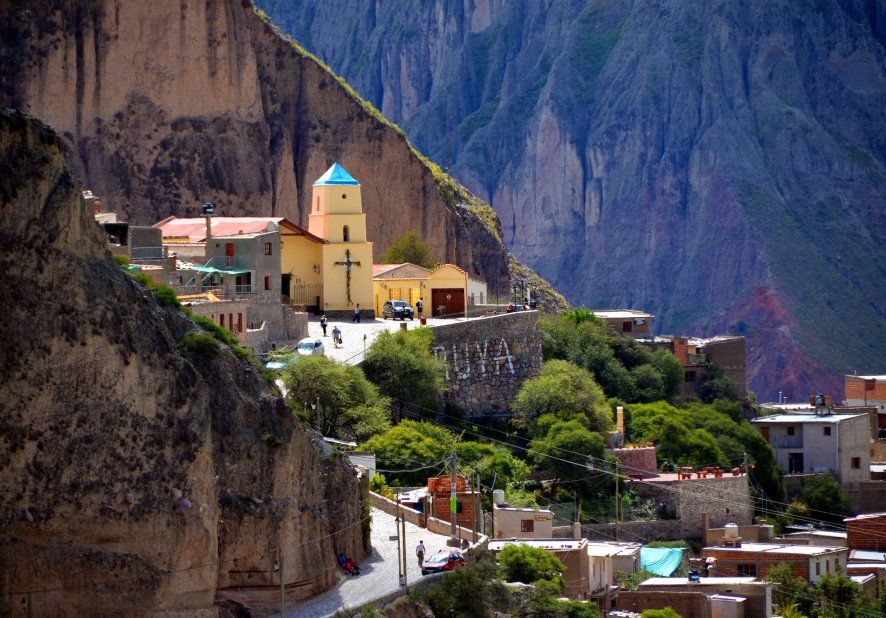
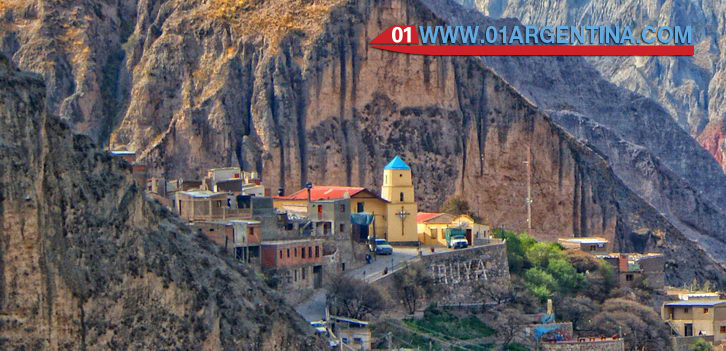
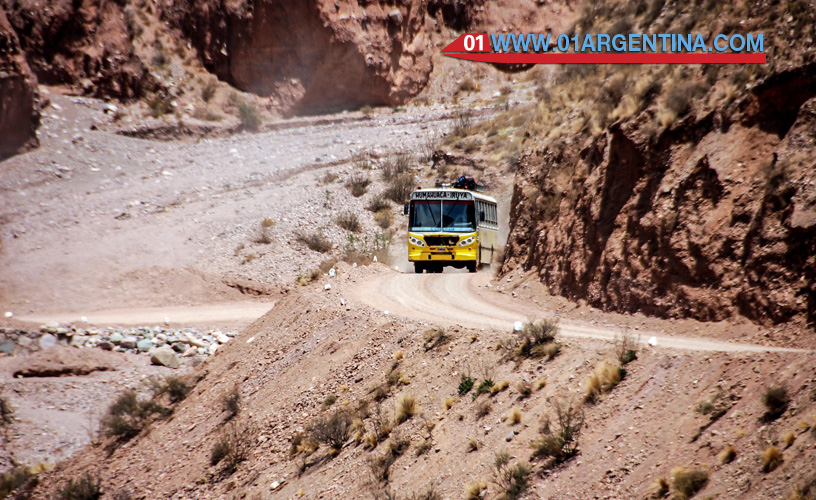
In Iruya, the aboriginal culture intersects with the Hispanic culture, achieving the survival of both, which has generated a process of interculturality.
Iruya is located at 2780 meters above sea level 320 km. from Salta, the capital of the province. For access you must pass through the province of Jujuy, traveling the National Route No. 9.
Its geographical beauty and its resemblance to a town out of a dream make it a mandatory stop on the route of the province.
According to weather conditions, the months of June, July, August, September and October are the ideal months to visit Iruya.
The Town of Iruya has a great history was founded in the year 1753, but, nevertheless its origin dates from a century before its founding date, birth certificates found in the parish of Humahuaca in the province of Jujuy, testify that a century before its foundation were already settled inhabitants in the place.
These settlements are mostly indigenous settlements whose most remote antecedents are the ocloyas, a town belonging to the Kolla ethnic group, who in turn derive from the kollasuyo, one of the four regions of the ancient Tahuantinsuyo (Inca empire).
In the town of Iruya the aboriginal culture intersects with the Hispanic culture, achieving the survival of both, which has generated a historical process of interculturality.
The people who live in Iruya are properly from this place, with their colored clothes, made with their own hands, immersed in their beliefs and practicing their traditions.
Here, the inhabitants, clothing, customs and housing have maintained their tradition for 250 years. The town preserves its narrow and cobbled streets, with a house of adobes, stones and straw.
The name of Iruya comes from Quechua origin and can be translated as ‘abundant straw’ or ‘Place of tall pastures’.
Among the recommended activities are horseback riding, hiking or trekking.
Another great feature is the religious festivities, the most important of all takes place the first weekend of October, with the services of the Virgin of the Rosary.
Hundreds of locals moved by their faith participate in religious acts singing, praying and performing native instruments (quenas, boxes and Sikus).
They accompany the music with the typical dance of the ‘cachis’, a group dressed up in masks whose dance symbolizes the eternal struggle of good and evil.
Cafayate
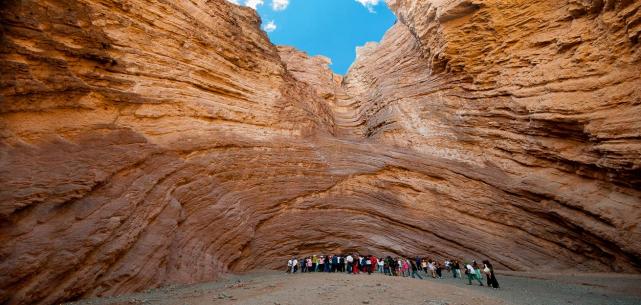
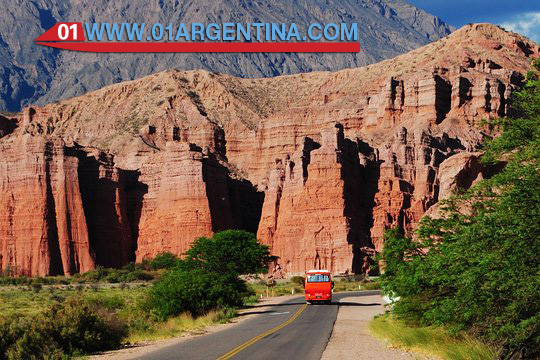
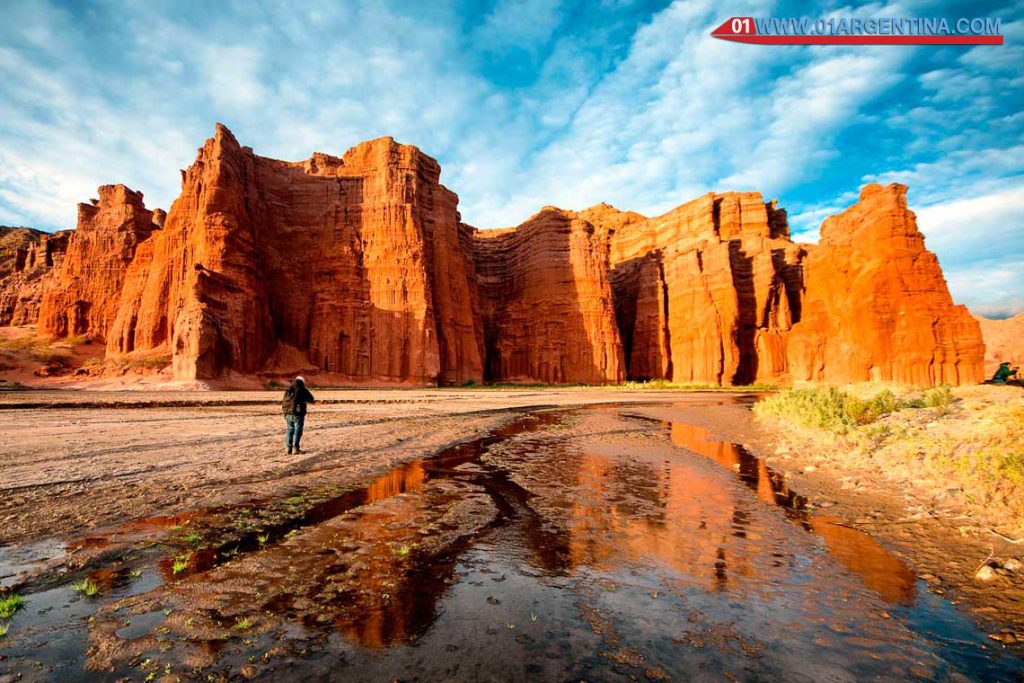
Cafayate is a place where the tourist will always lack days to know so many beautiful and interesting things about the place.
Cafayate is a town in the Calchaquí Valleys located in the southwest of the province of Salta, Argentina.
Crossed by National Route 40, Cafayate and its surroundings is famous for its vineyards, excellent wines and wineries where Torrontés grapes are grown.
Cafayate is the most important city within the tourist circuit of the Calchaquí Valleys.
It still retains the characteristics of its colonial architecture; Its streets, its church.
A particular attraction is the corn mill made by the Jesuits in the 18th century.
Its name of Quichua or Quechua origin, as it is called in Peru.
Of this language the old traditions that gave him are: «Water Drawer»; as expressed by Dr. José Vicente Solá in his dictionary of regionalisms of Salta.
Cafayate is a place where the tourist will always lack days to know so many beautiful and interesting things about the place.
Among its tourist attractions, both cultural and natural, the following stand out: Vine and Wine Museum, Archaeological Museum, Paseo de los Artesanos in front of the main square, its regional cuisine, the Quebrada de las Conchas or Quebrada de Cafayate and nearby towns like San Pedro de Yacochuya, among others.
Activities and walks in Cafayate
In the month of February the traditional Serenata takes place in Cafayate where artists from the folkloric field meet; This festival is considered the most important in the province of Salta and one of the most prominent in the country and visits to the Archaeological Museum of Bravo.
A path leads to San Isidro, where you can see caves with cave paintings; There are also walks to the Colorado River, bike and horse crossings, or trekking.
Nearby are the dunes or white dunes that seduce travelers by the capricious figures that form the wind, especially when walking in the moonlight.
The visit to the wineries leads to taste international wines such as Torrontés, a varietal unique in the world.
Guided excursions to Yacochuya, a place of vineyards with a lake with vegetal exuberance, are unique.
Shortly before arriving in Animaná, there is the road to Tolombón, ruins of a fortified population of pre-Columbian times, and an important wine and champagne cellar of excellent invoice.

